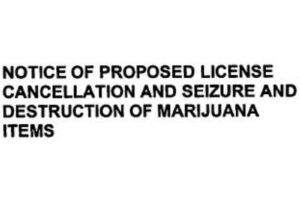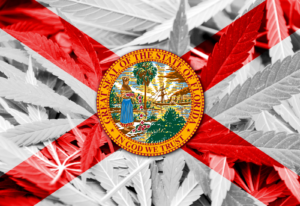
On January 28, 2016, San Diego police narcotics officers along with the San Diego Fire-Rescue Hazmat Unit raided MedWest Distribution, a California manufacturer of concentrated cannabis extracts, also commonly known in the marijuana community as “hash oil,” “honey,” “wax” or “shatter.” Cannabis extracts are produced through complicated methods of extracting cannabinoids (like THC and CBD) from the marijuana plant using solvents such as butane, carbon dioxide, alcohol and water.
The MedWest raid has received particular attention due to the company’s affiliation with Bhang Corporation, a California-based retailer of marijuana edibles and concentrates with a large presence in medical marijuana states across the country. Police are now reporting one reason for the raid was that the process MedWest used to manufacture hash oils was both dangerous and illegal. Two MedWest employees were also arrested on charges of illegal manufacturing and distribution of hash oil.
For companies currently manufacturing or thinking of producing cannabis extracts in the state of California, this raid serves as a cautionary tale. Not only is there a real danger to producing extracts that results in harsher penalties and increased scrutiny from local authorities, production of cannabis extracts through certain methods in California is still illegal under state law.
The Danger of Producing Cannabis Extracts. The methods used to produce cannabis extracts involve complicated and precise techniques and often dangerous, volatile solvents, resulting in a risk of physical harm to the manufacturers and to those around them. In recent years, butane has been the most commonly used solvent and cannabis extracts produced using this method are also known as “butane hash oil (BHO).” The major burn treatment centers at two hospitals in Northern California reported in 2015 that nearly 10 percent of severe burn cases were attributed to butane hash oil explosions, which was more than burn cases from car accidents and house fires combined. A chief burn surgeon at the hospitals stated:
Between 2007 and 2014, 101 patients with suspected or confirmed burns from butane fires were admitted to the two hospitals, most of them in the past three years.
Since there is real danger involved in manufacturing cannabis extracts, producers have a higher risk of drawing unwanted attention to themselves, especially when things go wrong and accidents lead to investigations by local fire departments and police.
Producing Cannabis Extracts Through Certain Methods is Illegal in California. Under California Health and Safety Code section 11379.6, the manufacture of a controlled substance by chemical extraction is punishable by imprisonment of up to seven years and a fine of up to $50,000. Though the general public usually associates this law with illegal “meth labs” (thanks Breaking Bad), the language also applies to manufacturers of marijuana products using certain types of extraction methods. Marijuana is a controlled substance under both federal and California law, and section 11379.6 applies to methods of creating marijuana products using volatile chemicals which pose a danger to the public, such as butane. To make matters worse, in August of last year, California Governor Jerry Brown signed a new law that increased punishments for producing hash oil within 300 feet of a residential building.
The takeaway is that even though it is now legal in California to possess and distribute medical marijuana extracts produced under any method, it is still illegal to manufacture them using butane and other volatile solvents. In contrast, manufacturing of butane hash oil is legal and regulated in other medical marijuana states such as Colorado, Massachusetts and Rhode Island. With the passing of new legislation allowing for medical marijuana manufacturing licenses in California, and the potential for licenses for recreational marijuana to follow, the question remains whether California will choose to block this large sector of cannabis extract producers from its marijuana market.
























